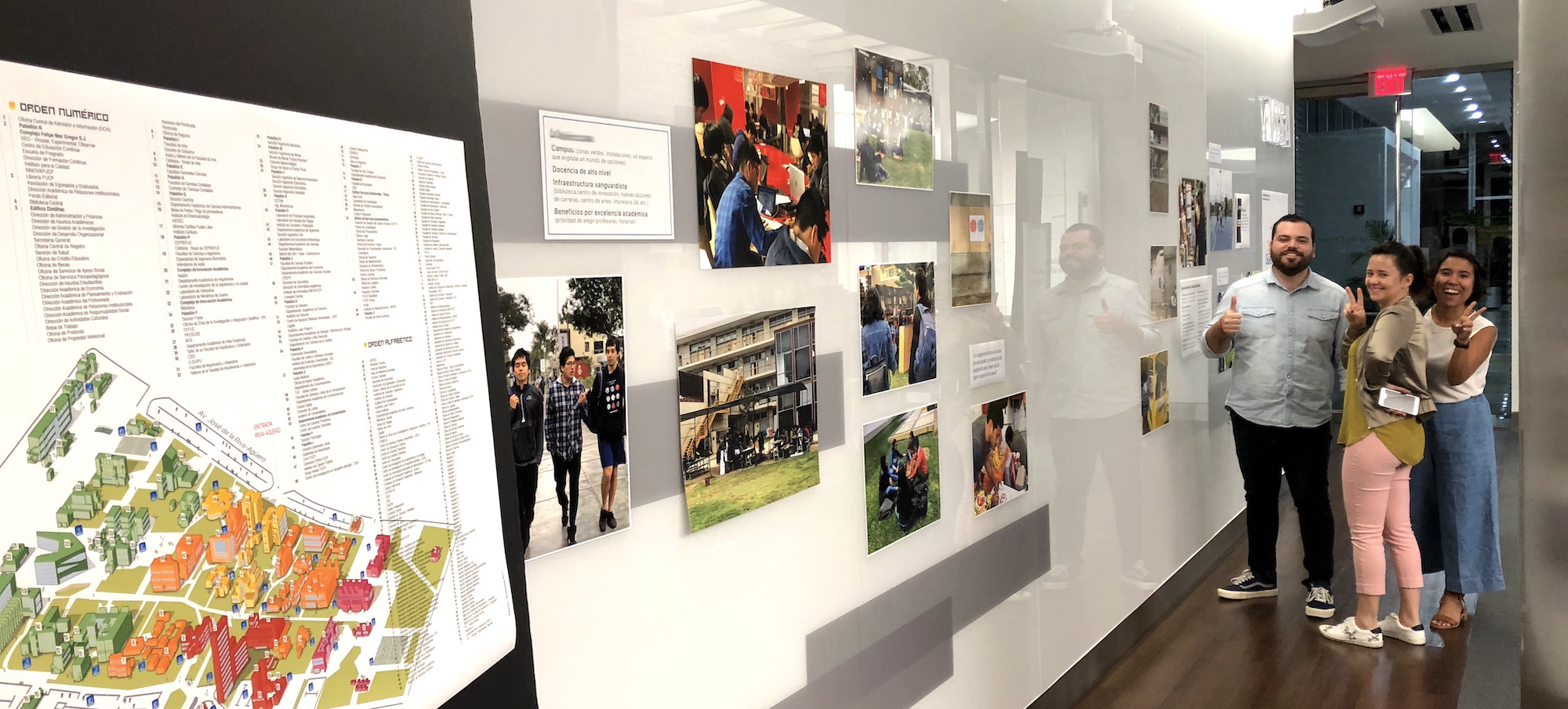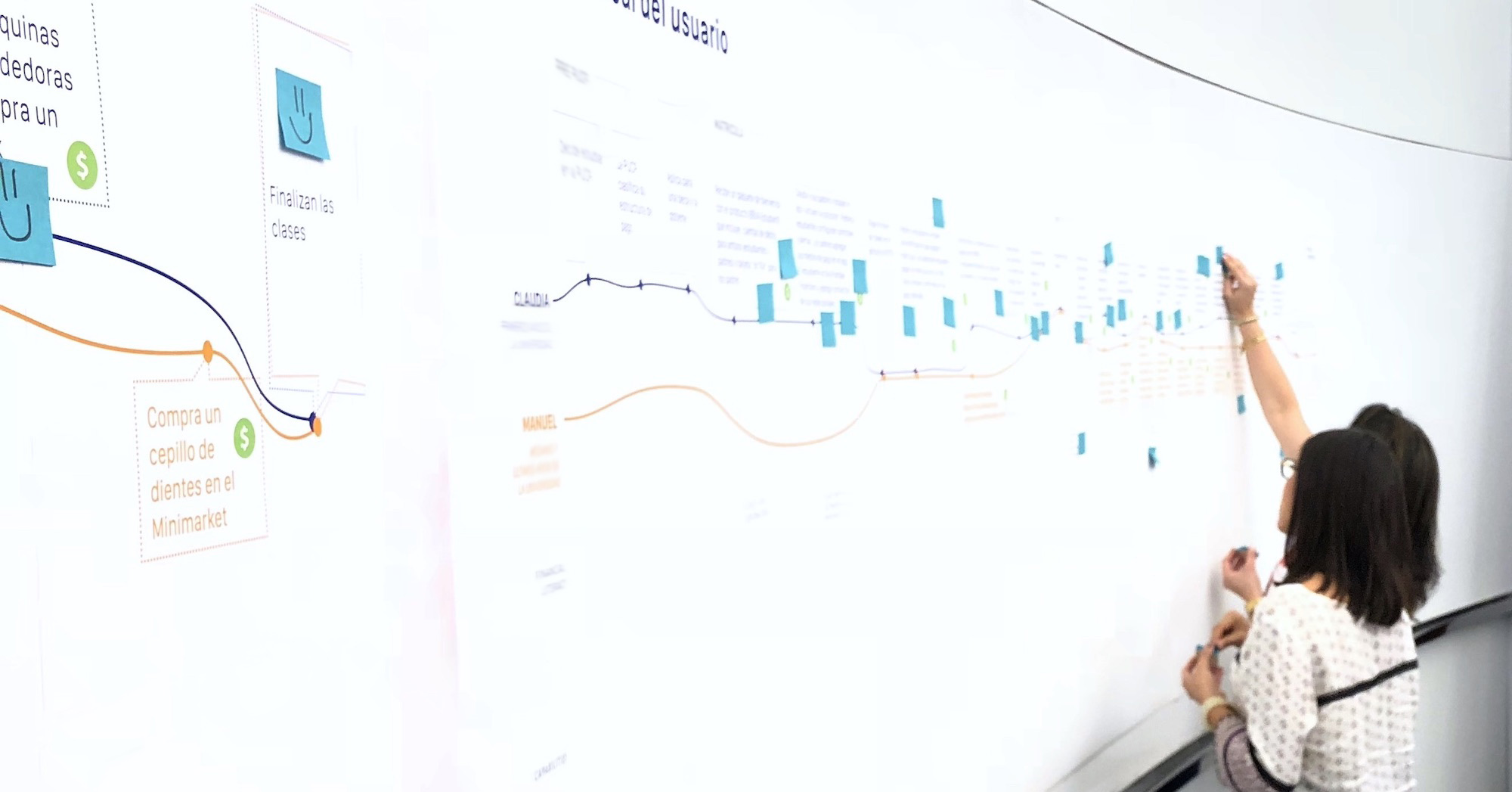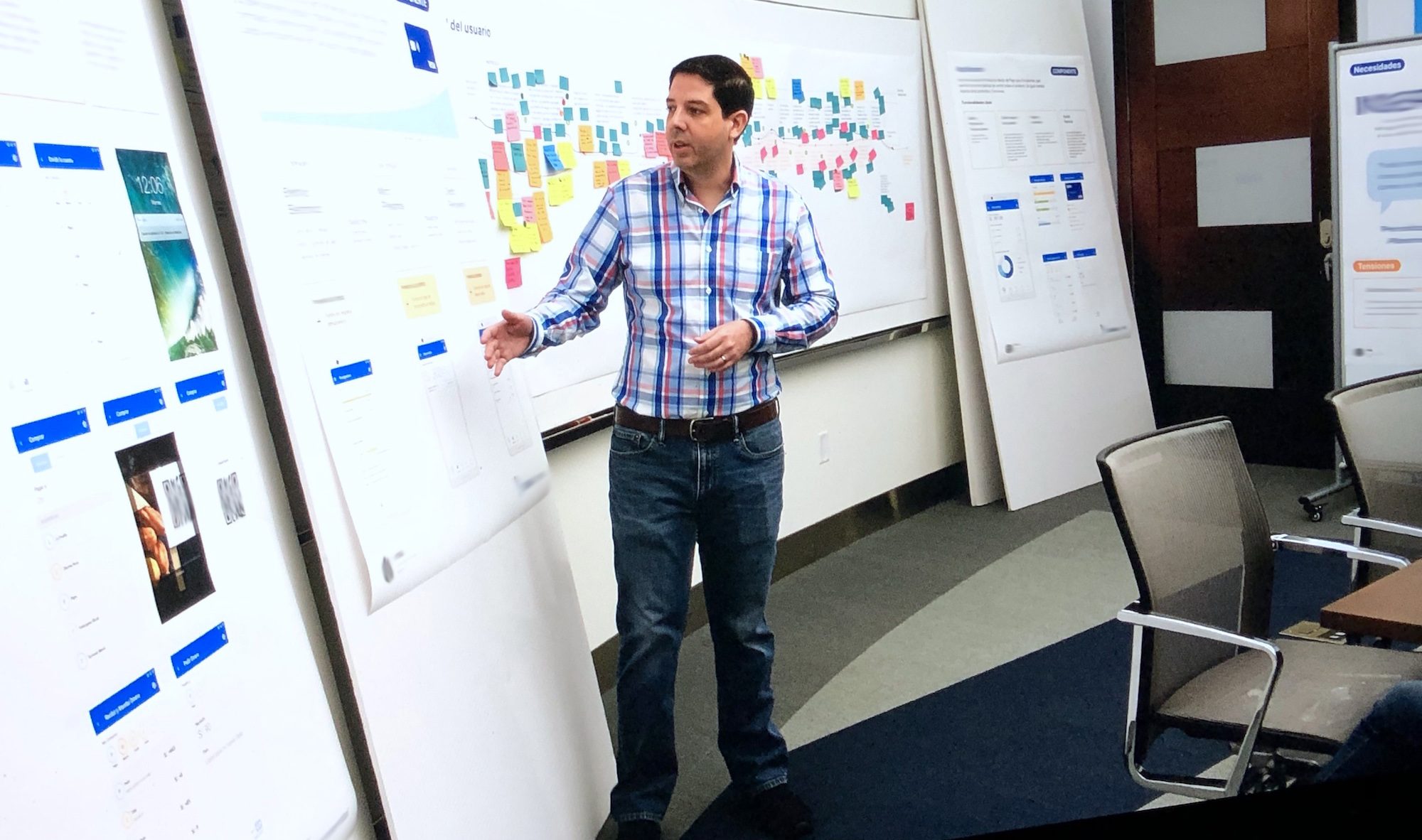
Today, college students in Latin America manage their finances mostly in cash. There are a number of factors that limit the use of electronic payments, that include access to financial services, technical capabilities of sellers and socio-cultural practices that are not well supported by existing electronic payment implementations. A collaboration between several entities, including a top ranked university, financial companies, payment institutions, student organizations and sellers of different types, this project seeks to enable the transition from paper to electronic transactions for college students. This is a multi-faceted problem, that required a design process that aligned strategies of all actors to enable the orchestration of a cohesive experience.
My role
Design Director at Visa—Defined design frameworks | Team management | Design reviews | Workshop moderation

Research Ethnographic-style research that involved students, their families, sellers and college officials.
Design Based on research findings, the design team created a proposed journey for payments, that was sliced in different experience components. Components included student-focused payments savings accounts, peer-to-peer payment platforms, seller terminals, financial literacy training for students, financial risk models, parent-student financial tools, biometric authentication devices, etc.
Workshop Research findings and design rationale were shared with stakeholders in an exhibit style team dynamic, after which the design team ran critique exercises to revise the proposed journey and experience components.
Validation Component concepts and prototypes are tested in projective interviews.
Implementation Components are developed and operated by each partner organization.




Research Research Lead, four Qualitative researchers
Design UX Designer, Senior UX Designer, Communication Designer, Service Designer
Financial Head of Product, Product Management Director, Product Manager
University Director of Student Relations, Manager of Student Services
Engagement Design Director, Business Relationship Manager